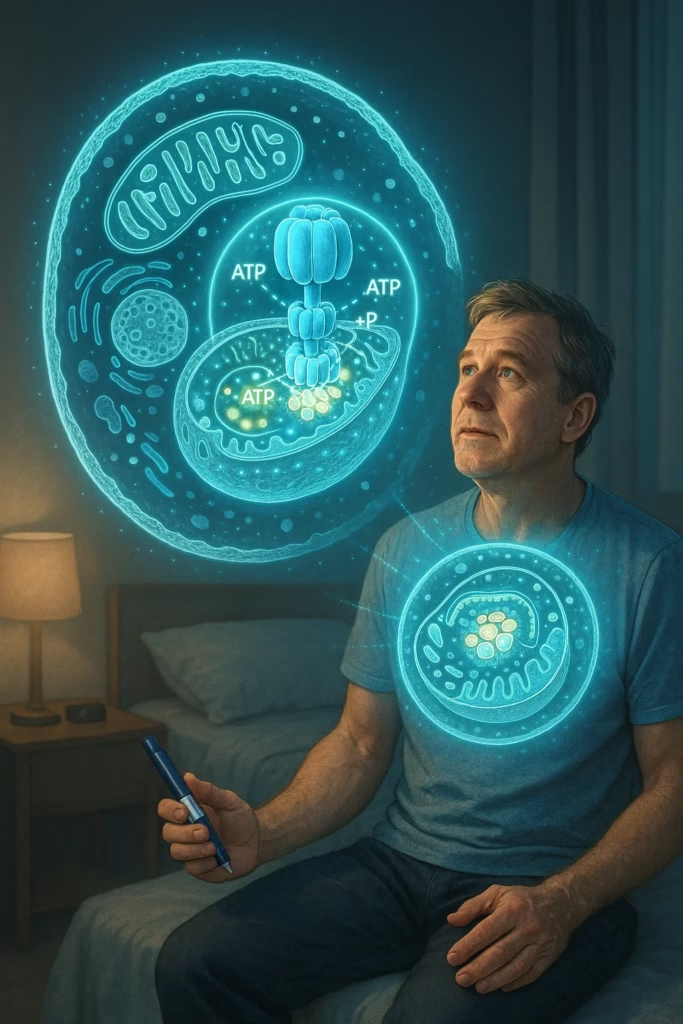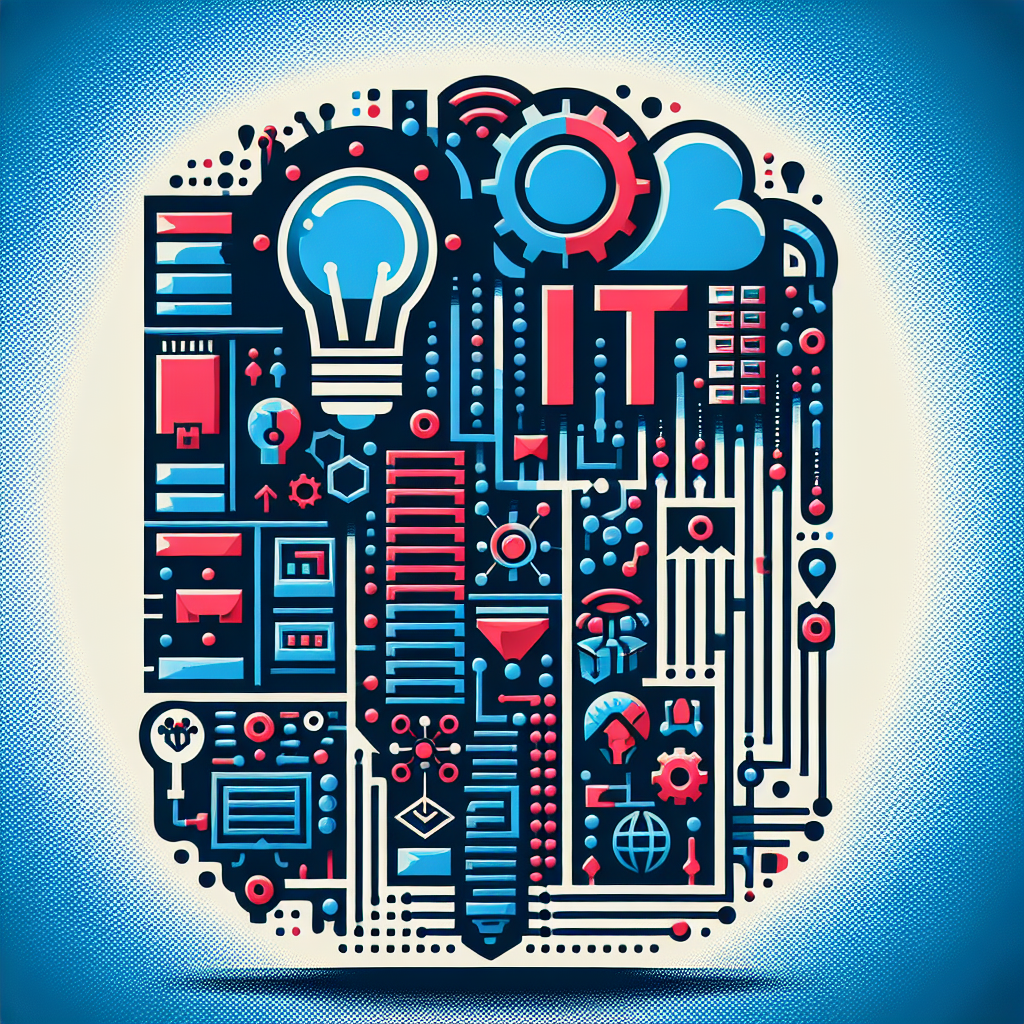Insulin isn’t the cure; it’s just a messenger. The real solution lies in repairing the power plant within every single one of our cells. The new era of medicine isn’t asking, “How do we replace the hormone?” but “How do we fix the engine?”
Introduction
According to the World Health Organization (WHO), the number of people with type 2 diabetes has quadrupled over the last four decades, affecting over 400 million people worldwide. Alarmingly, it is increasingly striking children and adolescents, a direct consequence of modern lifestyles. This is no longer just a disease; it is a global pandemic, comparable in scope and impact to cancer. Behind the dry statistics lies an ocean of human suffering: a heightened risk of heart attacks and strokes, kidney failure requiring dialysis, loss of vision (diabetic retinopathy), and non-healing ulcers leading to limb amputations.
I witness this burden firsthand through a close friend who battles this condition daily. His life is a series of compromises—constant sugar monitoring, carbohydrate calculations, painful insulin injections, and the perpetual fear of secondary complications. This isn’t living; it’s surviving. It led me to a crucial question: is it possible to move from disease management to an actual cure? The answer, I believe, lies not in finer insulins or better glucometers, but in understanding cellular energetics.
🔋The Mitochondria: The Cell’s Power Plant (Where Things Go Wrong)
To understand diabetes, we must dive deep into our microscopic machinery. Imagine the cell as a factory. Its ultimate purpose is to produce energy for all metabolic processes, maintaining body heat, and generating nerve impulses. Inside this factory is its power plant—the mitochondria. The universal currency, the unit of energy in this cell, is ATP (adenosine triphosphate), the cellular equivalent of a kilowatt-hour (kWh).
The process of charging this “battery” is fascinating. It’s not just a chemical reaction but a precise mechanical undertaking. The enzyme ATP synthase is like a water wheel. For this wheel to turn and bind a phosphate group to ADP to create ATP, it needs a “waterfall”—an electrochemical gradient. This gradient is created by protons (H+) being pumped across the inner mitochondrial membrane. The proton pump is powered by the electron transport chain (ETC), a complex protein machinery through which electrons pass, releasing energy.
So where do NAD+ and ALA fit into this picture?
- NAD+ is the primary electron acceptor. Without it, the ETC grinds to a halt. It’s like cutting off the fuel supply to an engine. With age, NAD+ levels in the body drop dramatically.
- ALA (alpha-lipoic acid) isn’t just an antioxidant. It is a cofactor essential for the synthesis of key enzymes in the ETC. It helps build and maintain the machinery itself.
And insulin? It’s not the “stoker,” but more like the “crane operator” who unloads glucose (the raw material) into the factory. If the factory’s power plant is broken, it’s useless to keep unloading more and more raw material—it won’t be processed.
💊🧪Insulin Resistance – When the Power Plant Fails, the Factory Goes Deaf
The paradigm shift in understanding type 2 diabetes is realizing that insulin resistance is not the cause, but a consequence. When mitochondria fail to produce enough ATP due to a damaged ETC, the cell is in a state of energy deficit. It interprets this as a lack of “fuel” (glucose), even though there’s more than enough glucose in the blood.
Deafened by an energy crisis, the cell becomes increasingly resistant to insulin’s signal. Insulin’s message is clear: “Here is glucose, convert it into energy!” But the cell cannot comply. A vicious cycle begins: more glucose outside the cell -> the pancreas secretes more insulin -> the cell becomes more resistant. This hormonal chaos only worsens the condition.
This is the point where supplements like Nicotinamide Riboside (NR) and Nicotinamide Mononucleotide (NMN) (NAD+ precursors), as well as ALA, show promising results. They don’t just treat the symptom (high sugar); they target the root of the problem: they repair mitochondrial function. By boosting NAD+ levels, the ETC flows more efficiently, ATP production increases, and the cell, now energized, begins to “hear” insulin again.
🤖AlphaFold 3 and The Quantum Leap – From Guesswork to Precision Design
Until recently, drug research for these processes was like “groping in the dark.” Thousands of molecules were tested in the hope that one might work on the desired protein.
This is changing dramatically with tools like AlphaFold 3. We can now see precisely at an atomic level how molecules like NAD+ bind to their targets (enzymes like sirtuins), how ALA interacts with proteins in the ETC, and how the conformation of the ATP synthase changes during its fascinating rotation.
Even deeper, AlphaFold 3 and quantum computing are helping us understand the quantum effects in this equation, such as electron tunneling through the proteins of the ETC—a phenomenon that directly impacts the speed and efficiency of the entire operation. This allows us to design molecules that don’t just compensate for a deficiency but superiorly enhance the efficiency of the entire process, fixing the “glitch” at its very core.
⚡The Perspective of a Cure – From Maintenance to Repair
Today, supplements like ALA, NMN, NR, and CoQ10 represent the first generation of “repair tools.” They give the cell the raw materials it has lost.
The future, thanks to tools like AlphaFold 3, brings a second generation of therapies: precisely designed molecules that will:
- Increase insulin receptor sensitivity.
- Maximize the efficiency of the electron transport chain.
- Specifically modulate protein interactions within the mitochondria.
The farther future envisions personalized medicine where, based on an individual’s genetic profile, we will design molecular cocktails that can completely restore cellular energy and effectively cure type 2 diabetes.
Imagine a world where my friend, and millions like him, don’t wake up in fear, but instead take a “mitochondria pill” that allows them to eat, live, and enjoy life like anyone else. This is not naive science fiction, but a roadmap for future research that deserves our resources, hope, and intellectual capital. It is a world that new science is increasingly revealing to us, and we have a duty to step decisively into it.


Leave a Reply